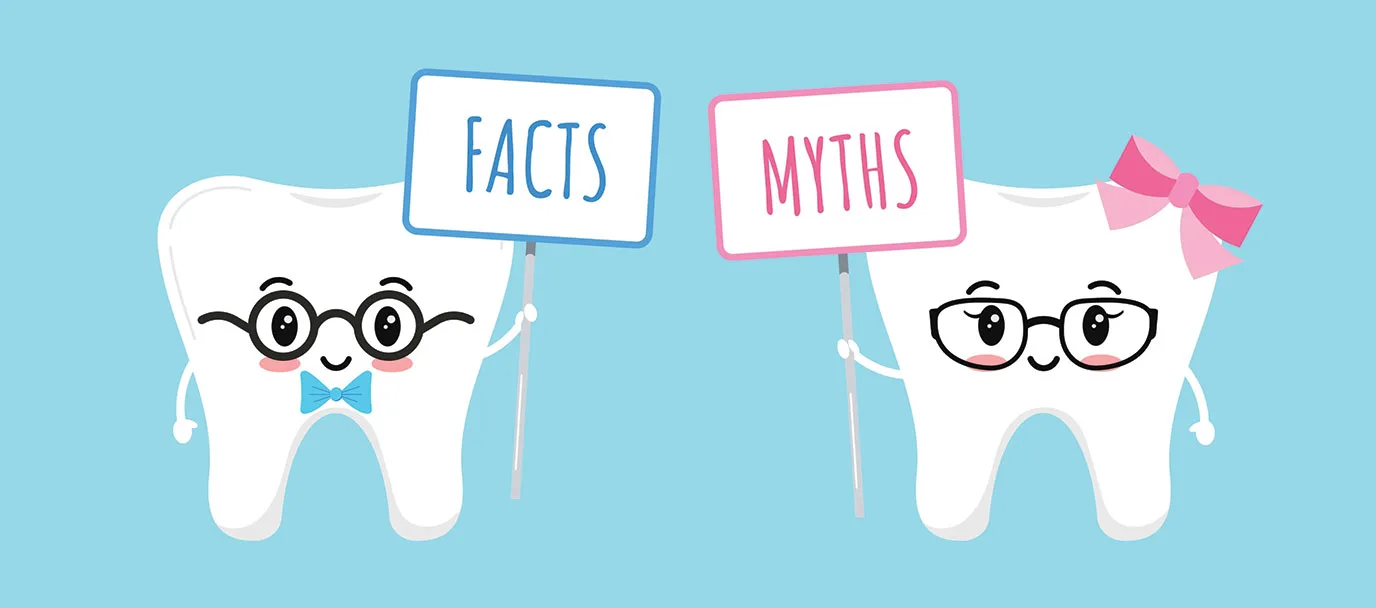What Really Happens When You Delay Dental Care — Myths, Realities, and the Hidden Costs of Waiting
We’ve all done it.
A little toothache shows up, but life gets busy. Maybe you tell yourself it’s just sensitivity, or that you’ll book an appointment next month. One month turns into six, and before long, that “minor” issue has quietly become something much bigger.
It’s one of the most common stories dentists hear — and one of the easiest to prevent.
Delaying dental care rarely saves time or money. Instead, it allows small, manageable problems to evolve into complex, expensive ones. Yet myths and misconceptions continue to keep people away from the chair until it’s urgent.
Here’s what really happens when you wait too long, and why taking action sooner pays off in comfort, health, and peace of mind.
Myth 1: “If it doesn’t hurt, it’s fine.”
Reality: Pain is a late symptom in dentistry.
When decay starts, it’s microscopic — you won’t see or feel anything. By the time a tooth hurts, the cavity has usually reached the nerve, which often means a root canal or extraction instead of a small filling.
Early detection is everything. A quick check-up can catch issues long before they cause pain. Think of it as changing your car’s oil before the engine fails — prevention always costs less than repair.
Myth 2: “I brush and floss every day. That’s enough.”
Reality: Excellent home care helps, but it’s not the whole story.
Even with perfect brushing, plaque eventually hardens into tartar that no toothbrush can remove. That buildup harbors bacteria which inflame gums and erode enamel. Only professional cleanings can remove it safely.
Dentists also spot early warning signs — subtle gum changes, enamel wear, or jaw stress from grinding — long before they become visible or painful. Skipping check-ups doesn’t just risk cavities; it allows unseen problems to grow unchecked.
Myth 3: “Dental visits are uncomfortable.”
Reality: Modern dentistry has changed dramatically.
Today’s clinics use quieter tools, precise imaging, and more effective anesthetics than ever before. Many also emphasize comfort — from softer lighting to noise-free instruments and relaxed communication.
Anxiety about dental visits is still common, but outdated. If fear has been keeping you away, it’s worth giving it another try — most patients are surprised by how easy and even pleasant modern care can be.
Myth 4: “Bleeding gums are no big deal.”
Reality: It’s a red flag, not a minor annoyance.
Bleeding gums usually mean inflammation — an early sign of gum disease. Left untreated, it can progress to periodontitis, where bone supporting the teeth begins to recede. The result: loose teeth, bad breath, and permanent damage.
Gum health also connects directly to overall health. Studies continue to link gum disease with heart disease, diabetes, and even premature birth. Taking care of your gums protects more than just your smile.
Myth 5: “I’ll go when I can afford it.”
Reality: Waiting makes dental care more expensive.
It’s understandable to worry about cost — but putting off treatment never saves money. A small cavity treated today might cost less than a dinner out; ignore it, and it could turn into an infection needing a crown or surgery.
Preventive care is predictable, affordable, and controllable. Emergency care is not.
What happens when you wait too long
Here’s what tends to happen over months or years without dental visits:
- Plaque hardens into tartar, feeding bacteria.
- Gums swell and recede, forming deep pockets.
- Bone loss begins, weakening tooth support.
- Decay deepens, reaching nerves.
- Infections spread, sometimes to the jaw or sinuses.
What could have been a simple cleaning and filling can turn into root canals, extractions, or implants. And while dentistry can fix almost anything, early prevention remains far easier — and less painful — for both your mouth and your wallet.
The bigger picture: oral health and your body
Your mouth is connected to your entire body. When infections or chronic inflammation persist in the gums, bacteria enter the bloodstream and raise inflammation markers elsewhere.
Doctors now recognize oral health as a key part of systemic wellness. Treating gum disease can improve blood sugar control in diabetics and reduce cardiovascular risks.
Taking care of your mouth isn’t cosmetic; it’s preventive medicine.
Why most people delay — and how to change it
Dentists hear the same reasons all the time: fear, embarrassment, cost, or simply being too busy. But the longer you wait, the more intimidating it feels — creating a cycle that’s hard to break.
The best way to start is small: schedule a cleaning or consultation, not a full procedure. Let the dentist explain what’s going on without pressure.
You’ll likely find that the unknown was scarier than the visit itself.
Expert insight
Dr. Mike from Family Dental Care Albania explains that most major dental problems begin with something simple:
“We often see patients who waited because they didn’t want to make a big deal out of a small issue. But that small issue doesn’t stay small. A cracked filling or light sensitivity can progress into infection faster than most people realize. Early attention always saves time, money, and discomfort.”
That’s the kind of perspective that often changes minds — because it comes from experience, not salesmanship.
Final thoughts: The best time to go is before it hurts
Delaying dental care doesn’t just affect your smile; it affects your confidence, comfort, and overall health. Pain, swelling, and cost are all consequences of waiting — not of going.
Whether it’s a routine cleaning or the first visit in years, the best day to start is today.
Because the difference between “I should go” and “I’m glad I went” is just one appointment.





